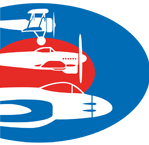



February 2023
RAF Manston History Museum is based alongside what was RAF
Manston Airport in Kent. The museum celebrates RAF Manston's aviation heritage dating back to the
outset of the Great War, when the Admiralty Aerodrome at Manston was formed and from where, during
World War II, it was used as a departure point for airborne forces in Operation Market Garden.
However, in 1996, it was decided to close the RAF base and this was signed over to the commercial
operator of Kent International Airport, who had been in operation since 1989, operating summer season
charter flights. In 2004, development began in an attempt to make Manston a budget airline hub, but
some of the budget airlines using the facility unfortunately went into administration and eventually
London Manston Airport plc itself went into liquidation. In the decade following, many airlines flew
charter flights from Manston, but the Airport could not sustain the daily losses accruing and its
closure was announced in 2014. The Museum houses many aircraft and exhibits from both military and
civilian life. Hawker Siddeley Buccaneer S. Mk2 Ejection Seat
We also visited the Spitfire and Hurricane Memorial Museum
next door, which is also well worth a visit.
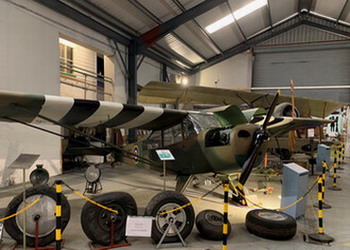
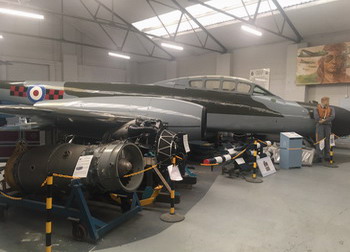
then used as a post-WWII observation aircraft
and converted to a target tug in 1959, flying until 1971
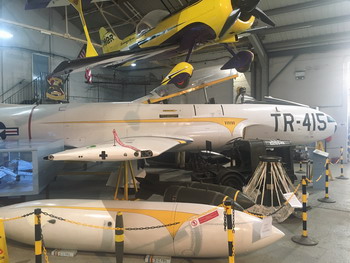
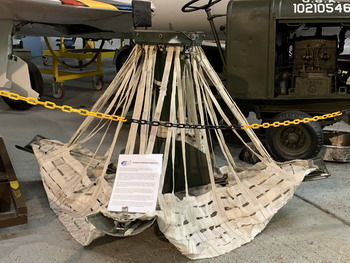
to allow the aircraft time to escape the detonation
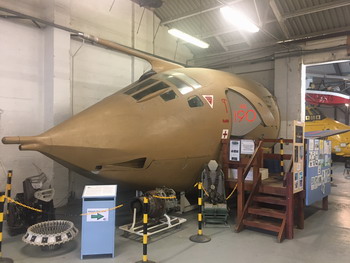
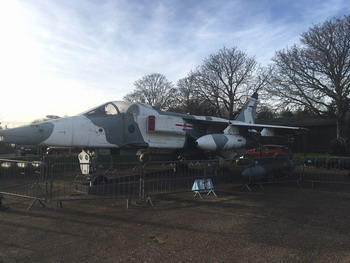

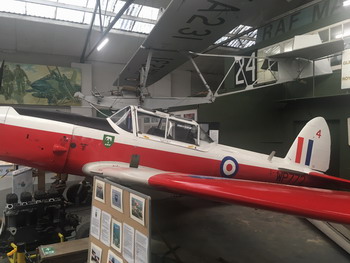
their first experience of flight, used at several gliding schools
until it
was damaged in an accident in 1968
served with the
Army Air Corps to train Army pilots
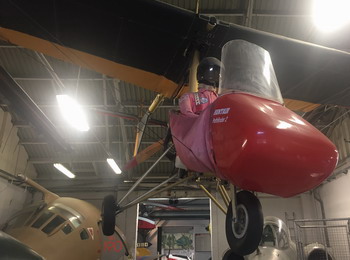
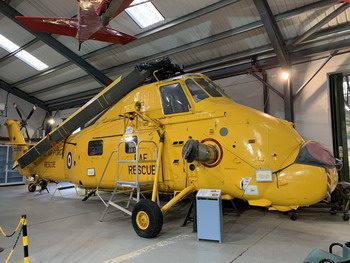
exported to Indonesia but never assembled, gifted to the Museum
in 2003 where volunteers
took 138 man-hours to build it
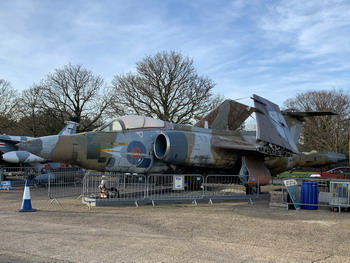
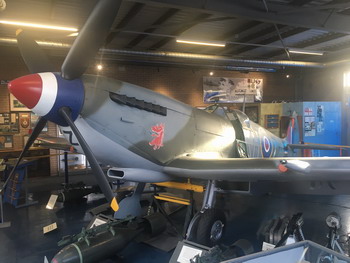
undertook combat
operations in the Gulf War in 1991
displayed in the Spitfire & Hurricane Memorial Museum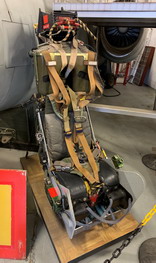
from the rear navigator seat of an RAF Buccaneer jet